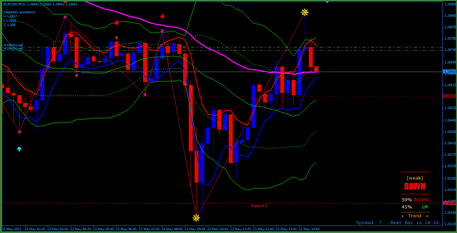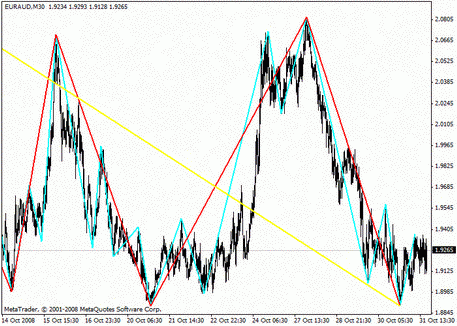
Spot Market
Thursday, 6 July 2017 11:05
The spot is a type of a currency transaction. The currency is exchanged at a particular rate in 2 working days. This term appeared quite a long time ago, when the deals were made “on the spot,” and the actual exchange was made two days later. Such terms were due to the work of banks, giving the participants an opportunity to discuss all the necessary details, and also taking into account the difference in time zones.
Despite the fact that technologies have moved far ahead, and instant transactions have become possible, the spot market continues to operate under the same conditions.
Trading in the Spot Market
Big market players (market makers) offer the proposals of the bilateral currency quotations, for bid and ask. The quote means the cost of buying and selling for a particular currency, relative to the basic one. Most often, the US dollar is the base currency. The currency quoted relative to the base is called the counter currency.
To avoid the discrepancies in quotes, traders must follow certain rules:
- Identify the base currency;
- The buy rate of a counter currency (a sell rate of the base one) is written on the left side of the quotation. The buy rate of the base (the sell rate of the counter) is indicated on the right side.
As a rule, traders are engaged in the single currency on the spot market. The real exchange is made two business days after the conclusion of the transaction.
If in one of the countries owning the currency has a day off, during these days, the payment date is also carried forward.
Terminology
There is a specific language in the spot market. Most of the words are known by Forex traders:
- Big figure - this number indicates a price change of 100 pips. For example, if the quotation changed from 1.4760 to 1.4860. Since this parameter varies quite slowly, this price is not indicated in quotes. It opens only on the unstable markets, or after the confirmation of the transaction.
- Pips - the smallest change in the exchange rate. On the spot market, the last two figures of value are taken into account.
- Spread is a difference between two quotes of the bid and ask.
- Bid - the price that the market maker considers acceptable for purchase.
- Offer - the price to sell the currency.
When making such transactions, the concept of net positions is also used - this is the total position of all the transactions. The need for the net values appears trading the unhedged currencies that are not national ones.
To assess the profitability of the transaction, you can calculate the average values. If only a few spot-deals were made during the day, it’s quite easy to identify the loss-making or profitable ones among them. However, with a large number of transactions, the average rate of such a position is calculated and then compared with the market rate at the moment.
Spread
The spread amount is often used to manage the positions, and to adjust quotes, depending on the market conditions. For example, with the help of a spread, the liquidity of trades is regulated (the number of market participants buying and selling such an instrument). It’s also possible to manage the volatility - the rate and the range of changes in the market rate. With high spread values, the price is more stable, and the trader has more space for the activity. Market makers consider the spread a value that offsets the losses within opening the losing positions.
The spread protects the dealer when the losing position is eliminated. It is always associated with a particular risk, since the direction of the market trend may be not suitable for the trader, and the level of the liquidity may be insufficient for a large transaction to be absorbed.
Features of the Spot Market
The spot transactions don’t require any specific skills. It’s only necessary to perform the operations of division and multiplication correctly. And, first of all, you need to understand which side of the quotation is in front of you now - the bid, or the offer one.
Trading spot deals, the cross-rates can also be useful. These are rates of the currency pairs, without the participation of the US dollar. Such values are published in the financial media. You can also calculate them yourself. It’s necessary to know the quotes of the currencies relative to the dollar.
Share
Related articles
- Previous article: The currency pairs in Forex
- Next article: Forex Market Volatility

 English
English
 русский
русский



